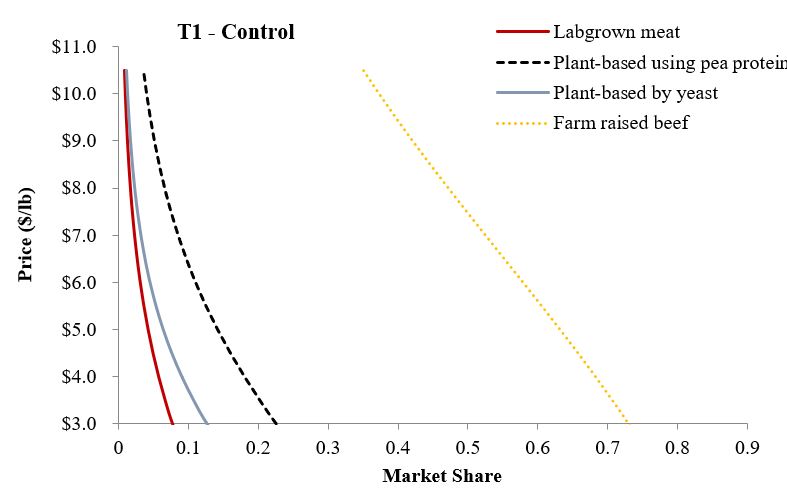That’s the title of a new paper I have forthcoming in the Journal of Economic Behavior and Organization.
In short, I find the more one spends on food, the less consistent are their choices. In the economic way of thinking, inconsistency is typically associated with irrationality. First saying I prefer A to B, but then later saying B is preferred to A is an inconsistency, which is often referred to as a preference reversal. It’s hard to square such preference reversals with any model of rational choice.
Why might preference reversals increase with a consumer’s income? Here’s a bit from the paper (omitting references):
“This paper sought to determine the relationship between consumers’ incomes and food expenditures on the one hand and preference consistency on the other. Previous literature has suggested at least two channels through which increasing income or expenditure might have deleterious effects on preference stability. The first operates through increasing demand for novelty and variety as incomes rise and the second operates via the relative incentive to behave rationally as the stakes fall.”
In an empirical application involving almost 540,000 food choices made by almost 60,000 people, I find that 47% of respondents committed at least one preference reversal. How do preference inconsistencies relate to income and food spending?
“Results show that the likelihood of a reversal [or preference inconsistency] and the number of reversals are significantly increasing in expenditures on food at home and away from home, and to a somewhat lesser extent, total household income. The magnitudes of these effects are large; larger than that associated with any other demographic or study design variables explored. For example, that the odds of committing a preference reversal [or preference inconsistency] are about 1.8 times (2.5 times) higher for individuals who spend $160/week or more on food at home (away from home) compared to individuals who spend less than $20/week. Exploring responses to three different “trap questions” that measure respondent attentiveness indicates that results cannot be explained by higher income households generally being more careless in their responses to questionnaires.
To explore the extent to which income and preference stability is related to variety or novelty seeking, the relationship between preference reversals and food values is also explored. As hypothesized, of the 12 food values studied, the relationships with preference reversals are strongest for the food values of price and novelty. Consumers for whom food price is a more important food value tend to commit fewer preference reversals. By contrast, consumers who rate novelty as a more important food value are more likely to exhibit unstable preferences. ”
Why does it matter whether rationality falls as incomes and food spending rises? As I’ve argued previously, increasing affluence likely allows us to indulge “higher” needs related to self actualization and self expression. Here’s a last bit from the paper, which is more speculative, and hopefully will spur some additional research (again, omitting references for readability).
“There is a view among many food and agricultural scientists that many new food products marketed to higher income consumers are “unscientific” insofar as they make absence claims about ingredients and processes scientists have deemed safe. The preference instability observed among consumers with greater food expenditures in this study need not necessarily relate to beliefs about food that diverge from scientific consensus. Nonetheless, rising incomes might better enable people to seek out and identify sources of information that conform to their beliefs and cultural identities. It has also been argued that consumers might directly obtain utility from holding certain beliefs, which might lead to information avoidance. Whether certain food and agricultural beliefs are normal or inferior goods, in this framework, is an open question.”






